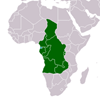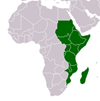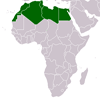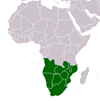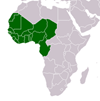Impact of Income on Nutrient Intakes: Implications for Undernourishment and Obesity
Impact of Income on Nutrient Intakes: Implications for Undernourishment and Obesity
The relationship between income and nutrient intake is explored. Nonparametric, panel, and quantile regressions are used. Engle curves for calories, fat, and protein are approximately linear in logs with carbohydrate intakes exhibiting diminishing elasticities as incomes increase. Elasticities range from 0.10 to 0.25, with fat having the highest elasticities. Countries in higher quantiles have lower elasticities than those in lower quantiles. Results predict significant cumulative increases in calorie consumption which are increasingly composed of fats. Though policies aimed at poverty alleviation and economic growth may assuage hunger and malnutrition, they may also exacerbate problems associated with obesity.
CITATION: Salois, Matthew J.. Impact of Income on Nutrient Intakes: Implications for Undernourishment and Obesity . : Taylor & Francis , 2012. The Journal of Development Studies, Vol. 48, Issue 12, December 2012, pp. 1716-1730 - Available at: https://library.au.int/frimpact-income-nutrient-intakes-implications-undernourishment-and-obesity-4

